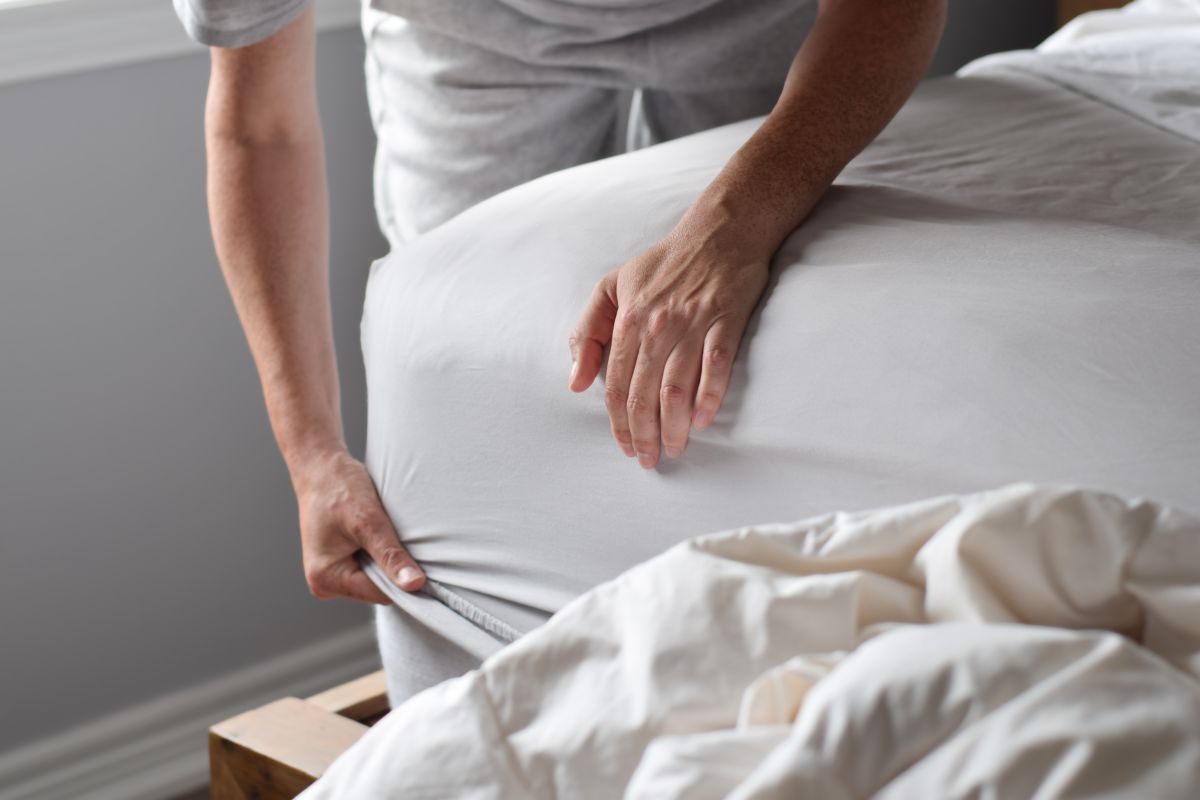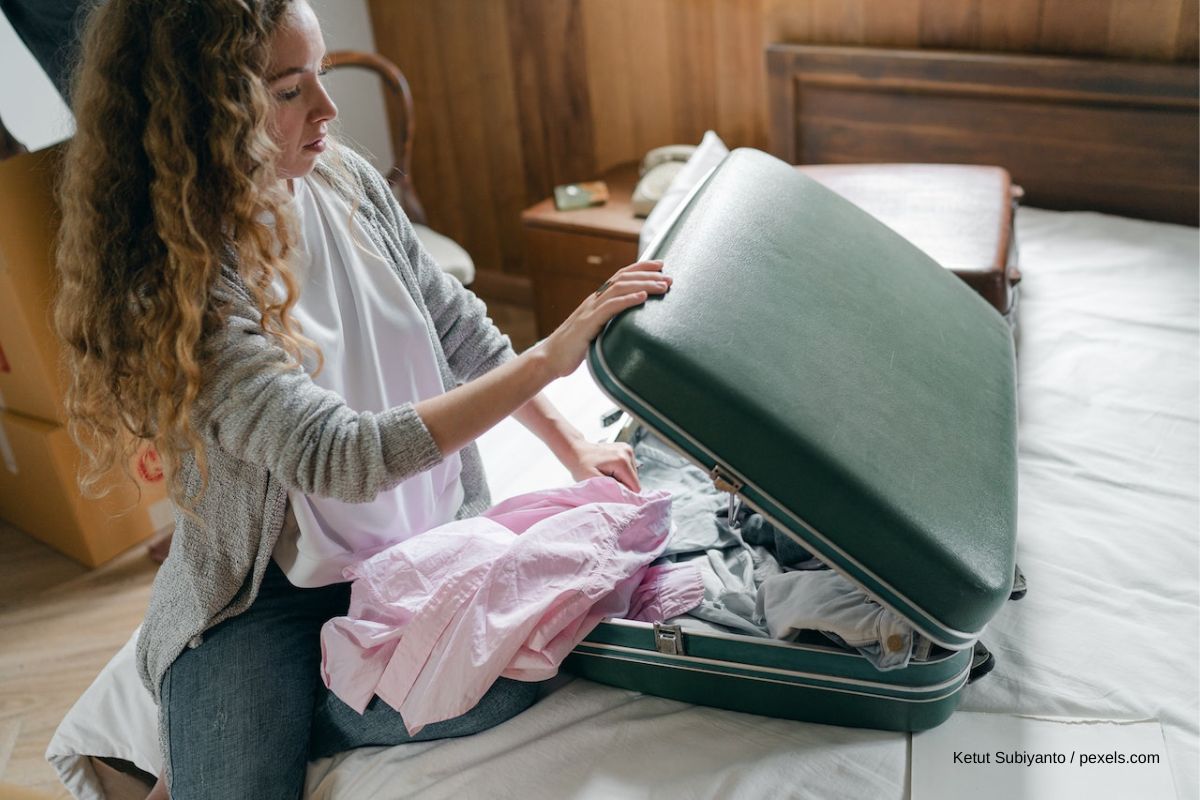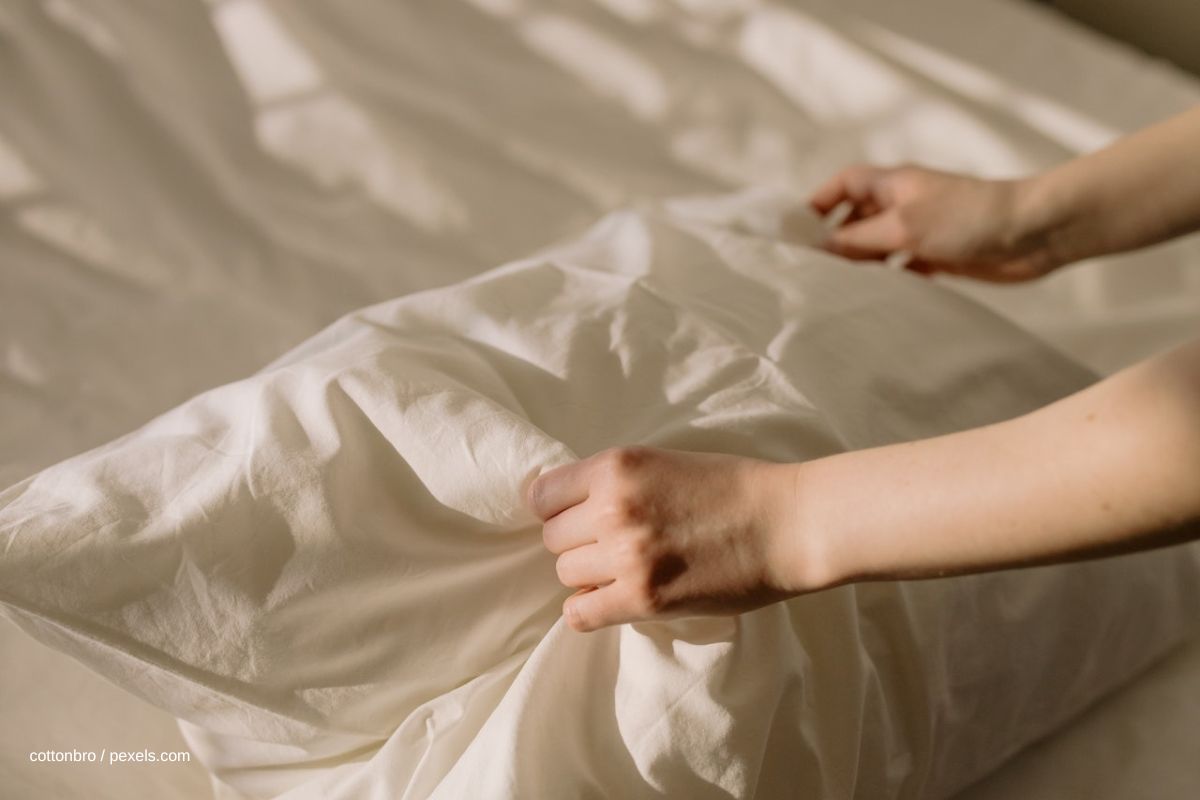Detecting Bed Bugs: Here’s What You Should Look Out For

Do you suspect uninvited guests have made themselves at home in your bedroom? Have you perhaps discovered small black dots near the bed or are you plagued by itching from unusual bites? Finding pests such as bedbugs on the mattress is one of the most unpleasant surprises. But how exactly can you detect bed bugs and distinguish them from other pests? Find out what signs you should look out for so that you can act quickly if you suspect an infestation – and have your cozy bed all to yourself again in the future.
How do I detect bed bugs?
It's not just dust mites that like to nest in our mattresses. Other pests also love our beds and like to build a new home in them. Particularly unpleasant guests include blood-sucking bedbugs. Due to their small size, it is difficult to detect bedbugs. Even those with good eyesight often have to look twice to spot the tiny creatures. But the pests make up for their small body size with the damage they cause. Not only do bed bugs destroy your mattress, like mosquitoes, they also like to suck your blood at night. Once the brownish, oval animals have soaked up blood, they turn reddish and become thicker, which is why well-fed bedbugs are visually easier to recognize. Unfortunately, this is little consolation if you wake up covered in bites that itch unpleasantly as these are not good conditions for a good night's sleep. If the bites also trigger an allergic reaction, you need to act quickly.
How do bed bugs get into my bedroom?
Your bedroom should be your sanctuary. Unfortunately, bedbugs also like to live here - they like it nice and dark and cozy. Bedrooms provide the ideal living conditions for these pests to multiply undisturbed. There are plenty of cracks and crevices in which the dark-loving bugs can hide. Thanks to their two antennae and six legs, they can climb walls at lightning speed and find a suitable hiding place. It is therefore particularly difficult to detect bedbugs during the day. As they are nocturnal, the insects only come out at bedtime to feed on your blood. But how does a parasite like this get into the bedroom in the first place?
Bedbugs are generally known as an unloved souvenir from a tropical vacation. If you travel to exotic countries and spend your vacation in a hotel with inadequate housekeeping, you may bring bedbugs home with you in your luggage. Less common but also possible is to bring bedbugs in passively by buying second-hand furniture. Therefore, be particularly careful if you want to buy upholstered furniture from unknown sellers and pay close attention to possible signs of bedbugs.

Where would I look for bed bugs?
Their flat physique gives bedbugs an unfair advantage in the hide-and-seek game in your home, as they can slip into the smallest cracks in a wide variety of places. As a rule of thumb, bedbugs are particularly fond of narrow, dark places such as cracks, crevices or cavities such als boreholes, as this is where they feel safe from enemies. To detect bedbugs quickly, start by inspecting the following places:
- Mattress seams
- Bed base
- Headboard
- Baseboards
- Boreholes
- Carpets
- Wallpaper cracks
- Upholstered furniture
- Bedside tables
- Closets and wardrobes
- Drawers
- Behind light switches, picture frames etc.
If you suspect bedbugs in your home, simply checking the bed or bedroom for signs of an infestation is not enough. In fact, the pests can spread throughout your home if you are not careful – and then it will take even longer to get rid of the bedbugs.
How can I recognize a bed bug infestation in my mattress?
You have the feeling that something is crawling around in your bedroom, but you're not sure which bugs are causing your sleepless nights? Using our tips, you can easily detect bedbugs, as they reveal their whereabouts through several signs:
Adult bedbugs
If you see a live bedbug crawling around on your bed, there is no doubt that the pests have taken up residence in your home. In fact, adult specimens are already a clear sign of a severe bedbug infestation. After all, a bedbug has to go through several stages from egg to larva before it is fully grown.
Bedbug bites
Do you sometimes find several red bites on your skin in the morning? If you immediately think of mosquitoes, you could be wrong. Bedbugs also bite when you're asleep. Unlike mosquitoes, however, they have a habit of sinking their teeth directly into your skin several times in search of a suitable blood vessel. The resulting typical pattern of adjacent bites is also known as the "bedbug trail". However, as bed bug bites cannot always be distinguished from other insect bites, you should also look out for further signs.
Blood stains
The little pests often leave blood stains on your bed sheets or comforter. If you discover small red spots when you wake up, this may indicate a bed bug infestation. However, this feature alone is not enough to reliably detect bedbugs. After all, other insects also like to bite.

Bedbug eggs
The little bloodsuckers feel right at home in bedrooms. Here they find enough food and sufficient protection - the perfect time to start a small family. Bedbug eggs are white, small, and oval in shape. To protect their offspring, bedbugs often bury their eggs deep in the mattress seams. Superficially checking your mattress for eggs with your eyes is therefore not enough.
Moulting residues
Bed bugs shed their skin several times during their lifetime. They often leave their shed skin behind in bed drawers or choose the seams of your mattress. In some cases, you will also discover a few dead specimens alongside the skins. Fortunately, a bedbug doesn't live forever - even if it certainly seems that way if you have an infestation.
Bedbug droppings
When they feast on your blood, bed bugs must eventually excrete the food they ingest. Their droppings have the shape of small dots, which can be dark red to black in color. Often you will find bedbug droppings directly on your bed sheets or mattress.
Bedbug odor
If the bedbug infestation is severe, an unpleasant odor may be detected in the bedroom. This can be described as slightly musty and sweet – not something you would want to take a second whiff of.
How can I prevent an infestation of bed bugs?
When traveling abroad, take an insecticide with you and seal cracks and crevices in the bedroom - better safe than sorry. It is recommended to not leave your suitcase on the floor or bed in the hotel. There is often a separate rack for the suitcase so that it is free-standing and does not come into contact with possibly infested textiles. After your vacation, do not unpack your suitcase near your bed and do not immediately put your clothes in the closet. It is better to first inspect everything in the bathroom or laundry room for suspicious signs and only put everything away after washing or freezing the clothes.
You should also be on your guard when buying used items such as old paintings or books from flea markets and textiles from second-hand stores. If you want to be on the safe side, store your newly purchased treasures in the freezer for a day – the icy temperatures will kill off bedbugs and their eggs. Textiles such as bed linens should also always be washed at 60 degrees to effectively combat bacteria.
But how can you protect yourself if you can already detect adult bedbugs in your bedroom? Often the only solution is to call in an exterminator, as getting rid of bedbugs is very time-consuming and challenging. Afterwards, however, you can enjoy a hygienically clean bed again – and uninterrupted high-quality sleep.
Photo credits:
Julia / Adobe
Stock
Ketut Subiyanto / pexels.com
Cottonbro / pexels.com
